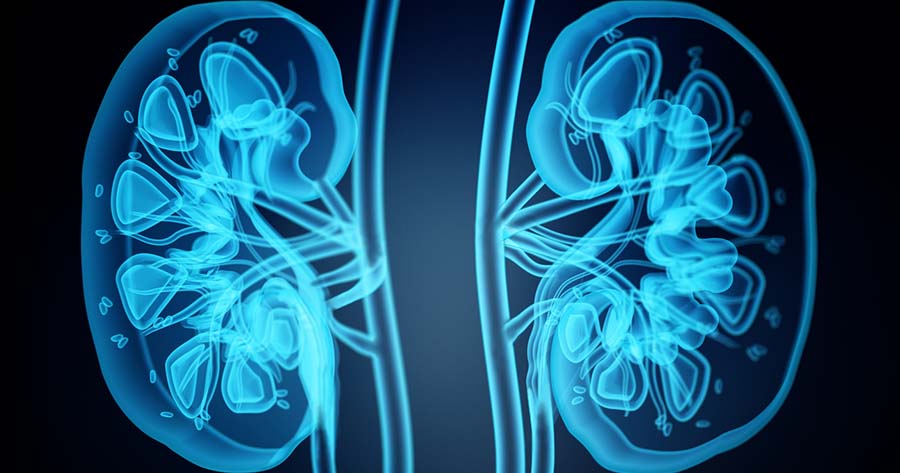Interim 1-year data from the 4-T trial investigating effect of insulin regimens on HbA1c
Results from a study run by the Diabetes Trial Unit in Oxford have shown that three different types of insulin analogues all improve glucose control when added to oral therapy. The regimens were as follows: biphasic insulin aspart 30 BD; mealtime insulin aspart TD; and once-daily insulin detemir.
The Treating To Target in Type 2 Diabetes (4-T) trial enrolled people with type 2 diabetes whose glucose control was inadequate despite taking two different OHAs.
Adding these insulin analogues to existing dual oral therapy of metformin plus a sulphonylurea lowered HbA1c within 3 months and sustained these reductions to give a mean drop at 1 year of 1.3% with biphasic, 1.4% with mealtime and 0.8% with basal insulin. While basal insulin detemir had the smallest decrease in HbA1c, it was associated with less frequent episodes of hypoglycaemia and less weight gain.
The final 2 years of the 4-T study are designed to determine what percentage of people require a second insulin to be added to a simple regimen and whether or not glucose targets can be met when two types of insulin are used together.
IDF recommends tighter blood glucose control after meals
New guidelines launched by the IDF at the 2007 EASD conference emphasise that people with diabetes should have their blood glucose levels monitored closely after meals in order to optimise diabetes control and reduce the risk of complications, particularly cardiovascular disease.
The new guidelines recommend that people with diabetes try to keep postprandial blood glucose levels below 7.8mmol/l for the 2 hours following a meal. The IDF goes on to suggest that self-monitoring of blood glucose is the most practical method for measuring postprandial glucose levels and allows people with diabetes to obtain ‘real-time’ information. This allows the individual and their healthcare providers to make timely adjustments to their treatment regimens to achieve and maintain blood glucose targets.
Insulin resistance not sole driver of cardiometabolic risk
Insulin resistance, obesity, central obesity and high insulin response each make an independent but partial contribution to the metabolic risk cluster known as insulin resistance syndrome or metabolic syndrome, according to data from the Relationship between Insulin Sensitivity and Cardiovascular risk (RISC) study.
The study looked at data from more than 1500 healthy volunteers across Europe. Preliminary data demonstrate that while total physical activity, its intensity and time spent sedentary are all related to insulin sensitivity, it is the total accumulated activity that is the driver of insulin sensitivity.
Professor Mark Walker of the University of Newcastle-Upon-Tyne stated: ‘The prevention of obesity and encouragement of physical activity will promote cardiometabolic health for all people.’
Call for action over weight gain
The Weight of the World report assessing the global epidemic of obesity and diabetes urges healthcare professionals and people with diabetes not to accept weight gain as an inevitable price to pay for glycaemic control.
Vivian Fonseca, Professor of Medicine at Tulane University Medical Centre, New Orleans, US, urged for careful selection of available therapies and management of diet and lifestyle.
The report argues that even relatively modest weight loss can result in improved glycaemic control and increased life expectancy.
Insulin for Life co-ordinates global donation programme
Insulin for Life (IFL) Global collects diabetes supplies (including test strips and insulin) donated to its centres in the UK, Austria, Germany and the US and supplies them in response to specific requests from recognised organisations from countries in need or areas that have suffered a recent major disaster, such as a hurricane or tsunami.
In many countries, insulin can cost the user more than 50% of their annual income. IFL Global distributes the equivalent of 200 000ml of insulin per year.




NHS England to allow weight-loss injections for prioritised patient cohorts from late June.
5 Apr 2025